In recent years, the landscape of urban transportation has undergone a radical transformation with the advent of advanced technologies. One of the most promising innovations in this realm is the concept of flying taxis. While the idea may have seemed like science fiction just a few years ago, it is rapidly becoming a reality, especially in cities at the forefront of technological advancements. One such city that has embraced the vision of flying taxis is Dubai, where the skies are set to host a new era of urban mobility.
The Vision of Flying Taxis in Dubai:
Table of Contents
Toggle
Dubai noted for its beautiful skyscrapers and futuristic ideals, has set its eyes on incorporating flying taxis into its transportation network. The government’s goal is to alleviate road congestion, reduce carbon emissions, and improve general mobility by adopting autonomous aerial vehicles for public transportation.
In 2017, Dubai’s Roads and Transport Authority (RTA) collaborated with the German company Volocopter to test an autonomous flying taxi prototype, signaling the start of a path to redefine transportation.
The Technology Behind Flying Taxis:

Flying taxis use a combination of electric propulsion, autonomous navigation, and vertical takeoff and landing (VTOL) capabilities. Electric vertical takeoff and landing (eVTOL) aircraft with multiple rotors can take off and land vertically, similar to helicopters.
Electric propulsion solutions are quieter and more environmentally friendly than traditional combustion engines. Autonomous navigation systems provide safe and efficient flight pathways while decreasing the need for human intervention.
Key Players and Partnerships:
Several companies have entered the flying taxi arena, each bringing its unique approach to the development and deployment of aerial mobility solutions. Alongside Volocopter, other key players in Dubai’s flying taxi initiative include Uber, EHang, and Vertical Aerospace.
Partnerships between these companies and local authorities have paved the way for comprehensive testing and regulatory frameworks, moving closer to integrating flying taxis into the daily lives of Dubai’s residents.
Infrastructure Development for Aerial Mobility:
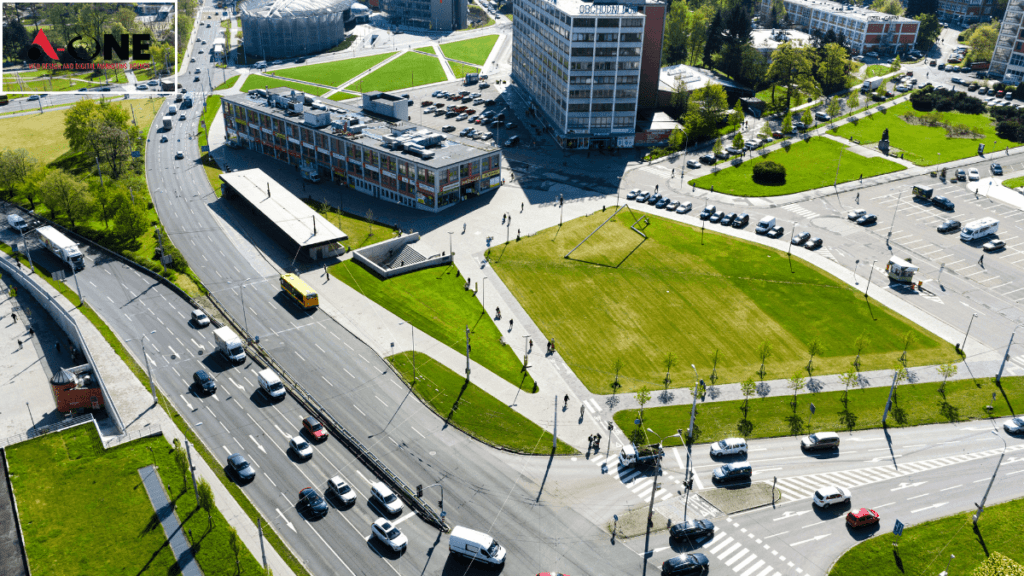
Realizing the potential of flying taxis requires more than just the development of the vehicles themselves. Dubai has been actively investing in the necessary infrastructure to support this innovative mode of transportation. Skyports, or designated landing and takeoff zones for flying taxis, are being planned strategically across the city.
These Skyports are envisioned to be seamlessly integrated into existing transportation hubs, allowing passengers to transition smoothly between ground and air transportation modes.
Regulatory Framework and Safety Measures:

As with any groundbreaking technology, ensuring the safety of passengers and residents is paramount. Dubai has been actively working on establishing a regulatory framework that addresses the unique challenges posed by flying taxis.
The regulatory authorities are collaborating with industry leaders to develop safety standards, air traffic management systems, and pilot training programs specific to eVTOL operations. This collaborative effort aims to strike a balance between fostering innovation and ensuring public safety.
Public Perception and Acceptance:
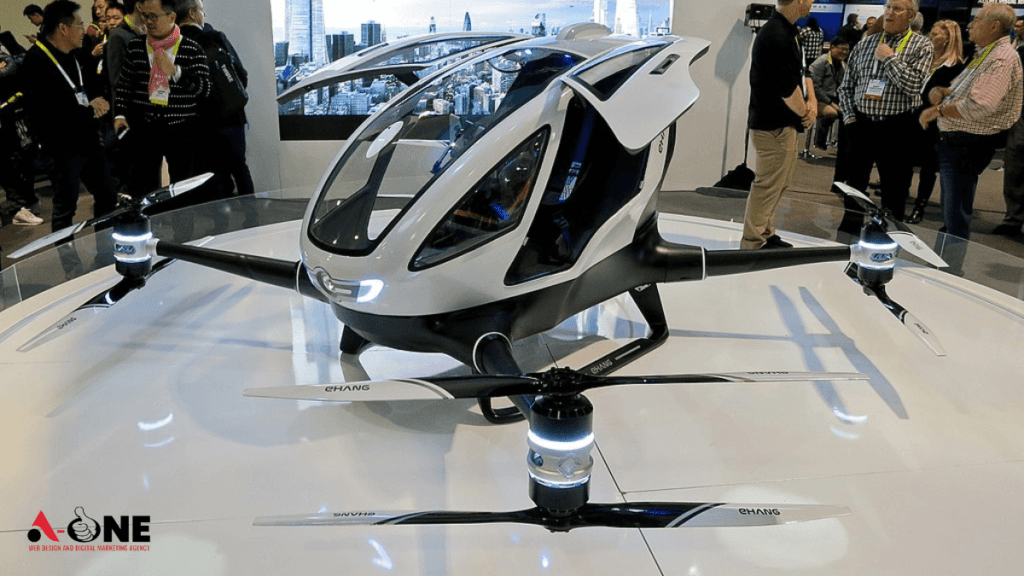
The success of flying taxis in Dubai hinges not only on technological advancements and regulatory measures but also on public acceptance. As these futuristic vehicles become a common sight in the skies, it is crucial to address any apprehensions and concerns among the general public.
Educational campaigns, community engagement programs, and transparent communication about the benefits and safety features of flying taxis play a pivotal role in fostering acceptance and enthusiasm among residents.
Challenges and Considerations:
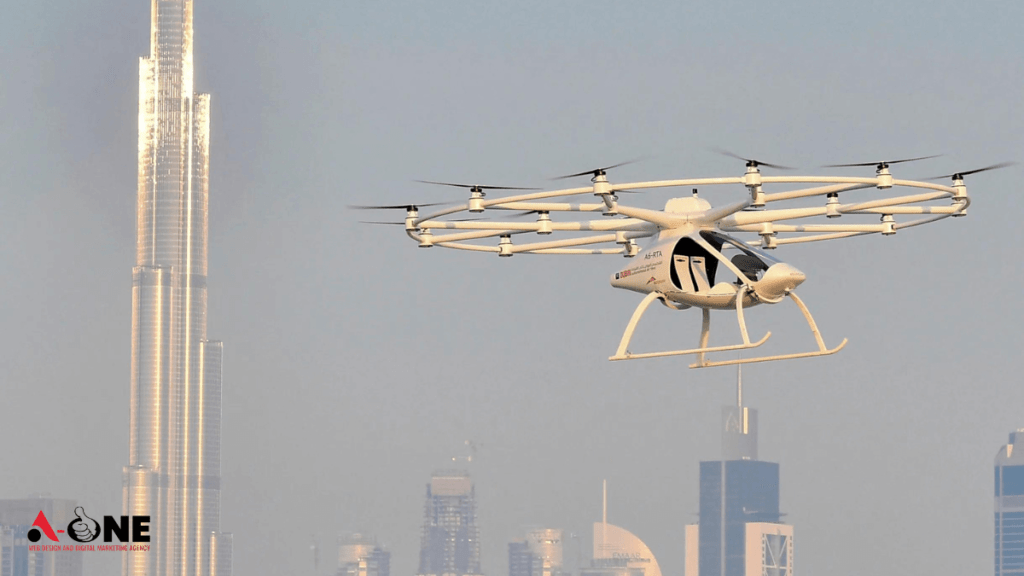
While the prospect of flying taxis in Dubai is exciting, it comes with its fair share of challenges. Infrastructure development, airspace management, noise pollution, and potential regulatory hurdles are among the considerations that demand careful attention.
Addressing these challenges requires collaboration between government entities, technology developers, and the public to ensure a seamless integration of flying taxis into the urban transportation ecosystem.
Environmental Impact and Sustainability:

One of the key drivers behind the adoption of flying taxis is the potential to reduce carbon emissions and contribute to a more sustainable urban environment. Electric propulsion systems and the efficient use of airspace can significantly lower the ecological footprint of urban transportation.
Dubai’s commitment to sustainability aligns with the global push towards greener and more eco-friendly modes of transportation, making flying taxis a viable solution for the city’s future.
Dubai’s ambitious foray into the realm of flying taxis represents a significant leap toward redefining urban mobility. As technology continues to evolve and regulatory frameworks mature, the skies above Dubai are set to become a bustling network of autonomous aerial vehicles, connecting different parts of the city seamlessly.
The success of this venture will not only enhance the efficiency of transportation but also position Dubai as a global leader in embracing innovative solutions for the challenges of urbanization. Flying taxis are not just a glimpse into the future; they are a tangible step towards a more connected, sustainable, and futuristic urban experience.
Beyond Urban Borders: The Regional Impact of Flying Taxis
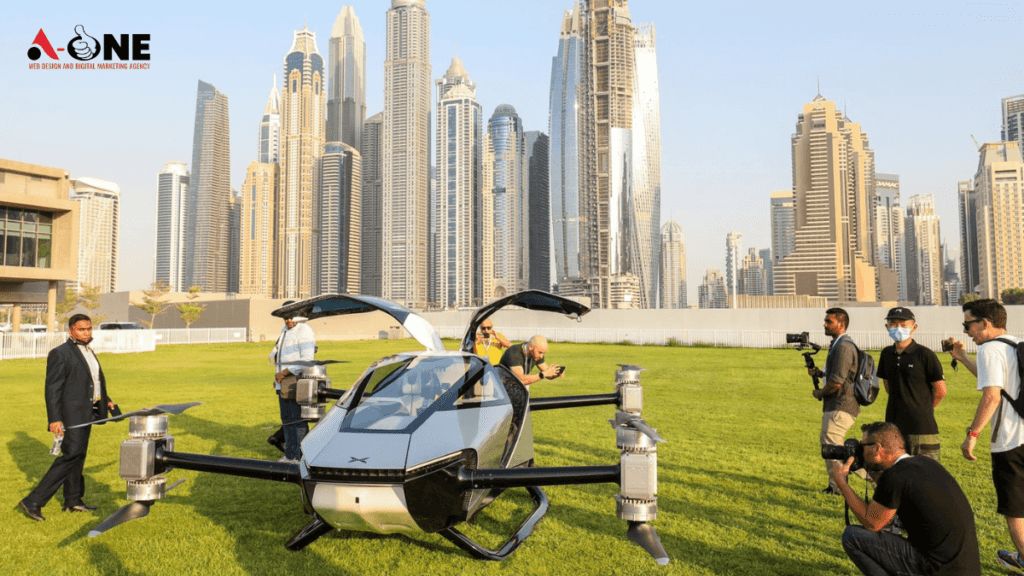
Dubai’s embrace of flying taxis extends beyond the city limits, as the vision includes creating a regional network that connects neighboring cities. This interconnected aerial transportation system has the potential to revolutionize the way people travel within the United Arab Emirates (UAE) and beyond.
Imagine being able to seamlessly fly between Dubai and Abu Dhabi, two major economic and cultural hubs, in a fraction of the time it currently takes by traditional means. The prospect of regional connectivity not only enhances the efficiency of travel but also fosters economic integration and collaboration.
Economic Opportunities and Job Creation
The introduction of flying taxis is not merely a technological advancement; it represents a new frontier of economic opportunities. The development, manufacturing, and maintenance of flying taxis create jobs in high-tech industries, fostering innovation and expertise in the region.
Moreover, the growth of urban air mobility stimulates the service sector, ranging from hospitality to tourism. Dubai’s commitment to becoming a global hub for innovation aligns with the economic diversification goals outlined in its Vision 2021 and Vision 2030 initiatives.
Tourism and Aerial Experiences
Dubai, known for its iconic landmarks and luxurious attractions, envisions flying taxis as a unique tourism experience. The breathtaking views of the cityscape from the skies offer tourists an unparalleled perspective of Dubai’s architectural marvels, including the Burj Khalifa and the Palm Jumeirah.
Flying taxis provide not just a means of transportation but an immersive and memorable experience, attracting visitors seeking an extraordinary way to explore the city.
International Collaboration and Innovation Hub
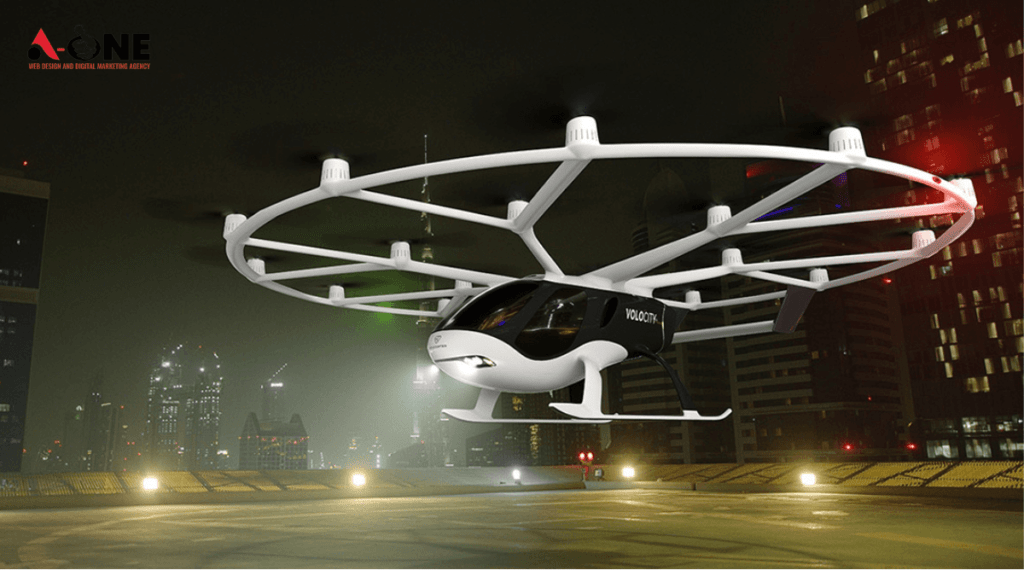
The integration of flying taxis positions Dubai as an international hub for innovation and collaboration in the field of urban air mobility. The city’s willingness to collaborate with global technology companies demonstrates its commitment to staying at the forefront of technological advancements.
The exchange of ideas, research, and development between local and international entities contributes to a vibrant ecosystem that propels the flying taxi industry forward.
Education and Skills Development
As the flying taxi ecosystem grows, there is an increasing demand for skilled professionals in fields such as aeronautics, engineering, and autonomous systems. Dubai has recognized the importance of education and skills development to ensure a workforce capable of supporting this emerging industry.
Collaborations between educational institutions and industry players are fostering programs that equip students with the knowledge and skills needed to contribute to the development and operation of flying taxis.
Addressing Concerns: Noise Pollution and Urban Integration
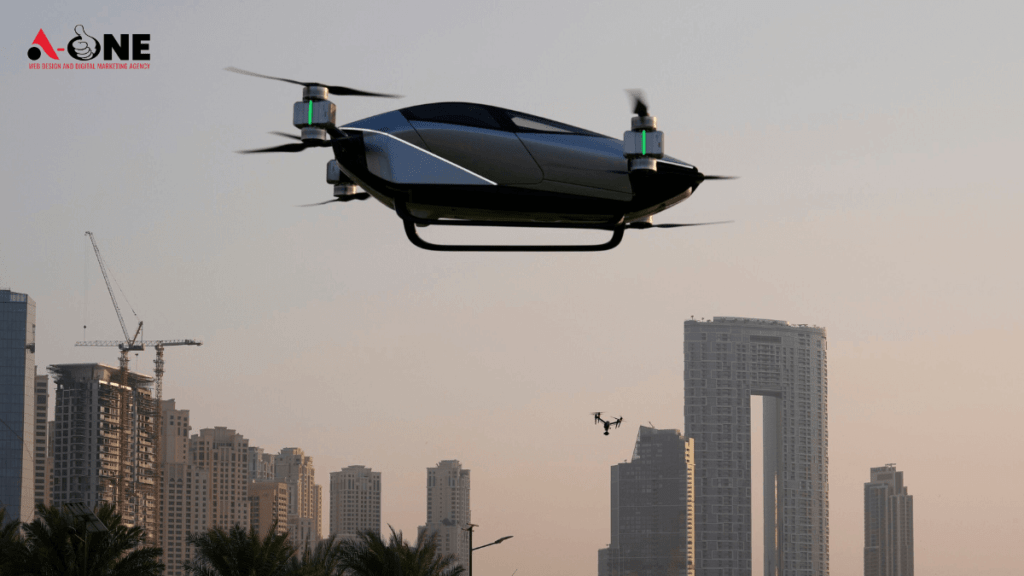
Despite the promise of flying taxis, there are valid concerns that need to be addressed, one of which is the potential for increased noise pollution. Dubai’s commitment to smart urban planning and integration includes considerations for minimizing the impact of noise generated by flying taxis.
Strategic placement of Skyports, adherence to flight paths that avoid densely populated areas, and the use of quieter electric propulsion systems are all measures being explored to strike a balance between technological progress and maintaining a high quality of life for residents.
The Roadmap Ahead: Challenges and Future Developments
The successful integration of flying taxis into Dubai’s urban landscape depends on overcoming various challenges. Regulatory frameworks need to evolve to keep pace with technological advancements, addressing safety and privacy concerns.
Infrastructure development must proceed at a rapid pace, ensuring the seamless integration of Skyports into the existing urban fabric. Continued research and development will refine the technology, making flying taxis safer, more efficient, and more accessible to the general public.
Conclusion: A Skyline Redefined
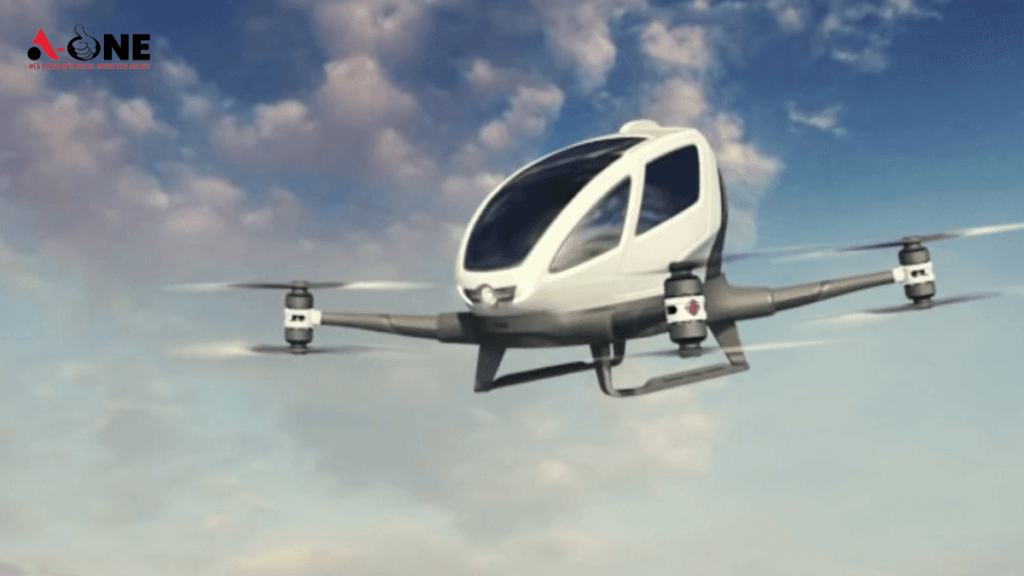
In conclusion, Dubai’s venture into flying taxis is not just a technological experiment; it is a bold step toward shaping the future of urban mobility. The potential economic, social, and environmental benefits make this endeavor a key component of Dubai’s broader vision for a smart, connected, and sustainable city.
As flying taxis become an integral part of Dubai’s transportation network, the city is not only embracing innovation but also creating a blueprint for other urban centers looking to redefine their skylines and offer their residents a more efficient and exciting way to navigate the urban landscape.
The skies above Dubai are not just a canvas for architectural marvels but a dynamic space where the future of transportation is taking flight.
Frequently Asked Questions (FAQs) about Flying Taxis in Dubai
What exactly is a flying taxi?
A flying taxi, also known as an electric vertical takeoff and landing (eVTOL) aircraft, is a type of air vehicle designed for short-distance urban transportation. It combines the vertical takeoff and landing capabilities of a helicopter with the efficiency and electric propulsion of modern aircraft.
Why is Dubai investing in flying taxis?
Dubai sees flying taxis as a solution to urban congestion, aiming to enhance overall mobility, reduce traffic, and contribute to a more sustainable and efficient transportation system. The investment aligns with the city’s vision of becoming a global hub for innovation and cutting-edge technology.
Which companies are involved in the development of flying taxis in Dubai?
Several companies, including Volocopter, Uber, EHang, and Vertical Aerospace, are actively involved in the development and testing of flying taxis in Dubai. These collaborations reflect a concerted effort between the private sector and local authorities to bring this innovative mode of transportation to the city.
How do flying taxis work?
Flying taxis use multiple rotors and electric propulsion systems to achieve vertical takeoff and landing. They are designed for short, point-to-point trips within urban areas. Autonomous navigation systems play a crucial role in ensuring safe and efficient flight paths, to reduce the need for human intervention during the journey.
When will flying taxis be operational in Dubai?
While testing and trials have already taken place, the timeline for full-scale operational flying taxis in Dubai depends on various factors, including regulatory approvals, infrastructure development, and technological advancements. Dubai is actively working towards a phased integration, with initial services expected to be available in the coming years.
How safe are flying taxis?
Safety is a top priority in the development of flying taxis. Dubai is working closely with industry leaders to establish rigorous safety standards, regulatory frameworks, and air traffic management systems. The autonomous nature of these vehicles, combined with advanced navigation systems, contributes to ensuring a high level of safety during operation.
Will flying taxis be accessible to the general public?
Dubai’s vision for flying taxis includes making this mode of transportation accessible to the general public. As the technology matures and becomes more widely accepted, it is anticipated that flying taxis will be integrated into the city’s public transportation system, providing residents with a convenient and efficient means of travel.
How will flying taxis impact the environment?
Flying taxis are designed to be more environmentally friendly than traditional modes of transportation. With electric propulsion systems, they produce fewer carbon emissions, contributing to a greener urban environment. Dubai’s commitment to sustainability aligns with the potential environmental benefits of adopting flying taxis.
What measures are in place to address noise pollution from flying taxis?
Dubai is actively considering measures to minimize noise pollution associated with flying taxis. Strategic placement of Skyports, adherence to designated flight paths that avoid densely populated areas, and the use of quieter electric propulsion systems are among the considerations to mitigate the impact on urban noise levels.
How will flying taxis integrate with existing transportation systems in Dubai?
Dubai envisions a seamless integration of flying taxis with existing transportation systems. Skyports, designated landing and takeoff zones, are strategically planned to be integrated into transportation hubs across the city. This integration aims to provide a smooth transition for passengers between ground and air transportation modes.
